Molybdenum

Physical Properties
- Atomic Number: 42
- Atomic Weight: 95.95 u
- Density: 10.28 g/cm³
- Melting Point: 2623°C (4753°F)
- Boiling Point: 4639°C (8382°F)
- Crystal Structure: Body-Centered Cubic (BCC)
- Color: Silvery gray metallic
Chemical Properties
- Oxidation States: +6, +5, +4, +3, +2 (most common is +6)
- Electronegativity: 2.16 (Pauling scale)
- Reactivity: Molybdenum is relatively inert and resists corrosion by most acids except for strong oxidizing acids.
- Corrosion Resistance: Excellent resistance to corrosion, especially in non-oxidizing acids.
Overview
Molybdenum (Mo) is a chemical element with the atomic number 42, located in group 6 of the periodic table. It is a transition metal characterized by its high melting point, strength, and resistance to corrosion. Molybdenum was discovered by Carl Wilhelm Scheele in 1778 and isolated by Peter Jacob Hjelm in 1781. It is primarily obtained from the mineral molybdenite (MoS₂).
Uses of Molybdenum
Molybdenum’s unique properties make it indispensable in various industrial, technological, and medical applications.
Metallurgical Applications
- Alloying Element in Steel: Molybdenum is used to improve the strength, toughness, and corrosion resistance of steel. It is a key component in stainless steels and high-strength low-alloy steels (HSLA).
- Superalloys: Used in high-temperature and high-stress applications such as jet engines and gas turbines.
Electrical & Electronics
- Electrical Contacts: Molybdenum is used in electrical contacts and semiconductor devices due to its excellent electrical conductivity and thermal stability.
- Thin Films: Used in thin-film transistors and other electronic components.
Chemical Applications
- Catalysts: Molybdenum compounds are used as catalysts in the petroleum industry for hydrocracking and desulfurization.
- Lubricants: Molybdenum disulfide (MoS₂) is used as a solid lubricant due to its low friction properties.
Other Applications
- Medical: Molybdenum isotopes are used in medical imaging and as a target material in X-ray tubes.
- Glass Industry: Molybdenum electrodes are used in glass melting furnaces due to their high melting point and corrosion resistance.
Advantages & Disadvantages of Molybdenum
Advantages
- High Melting Point: Makes it suitable for high-temperature applications.
- Strength and Toughness: Enhances the mechanical properties of alloys.
- Corrosion Resistance: Excellent resistance to chemical attack, particularly in acidic environments.
- Electrical Conductivity: Good electrical conductivity for electronic applications.
Disadvantages
- Cost: Relatively expensive compared to other metals.
- Machining Difficulty: Can be challenging to machine due to its hardness.
- Brittleness: Can be brittle at room temperature if not properly alloyed.
Physical & Chemical Properties of Molybdenum
| Property | Value |
|---|---|
| Atomic Number | 42 |
| Atomic Weight | 95.95 u |
| Density | 10.28 g/cm³ |
| Melting Point | 2623°C (4753°F) |
| Boiling Point | 4639°C (8382°F) |
| Crystal Structure | Body-Centered Cubic (BCC) |
| Common Oxidation States | +6, +5, +4, +3, +2 |
| Electronegativity | 2.16 (Pauling scale) |
Major Applications of Molybdenum
| Application Area | Examples |
|---|---|
| Metallurgical Applications | Alloying elements in steel, superalloys |
| Chemical Applications | Catalysts, lubricants |
| Electrical and Electronics | Electrical contacts, thin films |
| Other Applications | Medical imaging, glass melting electrodes |
Molybdenum is a versatile metal with a wide range of industrial, technological, and medical applications. Its role as an alloying element in steel significantly enhances the strength, toughness, and corrosion resistance of the material, making it essential in the construction, automotive, and aerospace industries. In the chemical industry, molybdenum compounds serve as catalysts and lubricants, contributing to efficient and reliable processes. The electrical and electronics sectors benefit from molybdenum’s excellent conductivity and thermal stability, making it suitable for high-performance components. Despite its higher cost and machining challenges, the unique properties of molybdenum ensure its continued demand and utilization in various advanced and critical applications.
Molybdenum Products

Molybdenum Spray Wire
Read more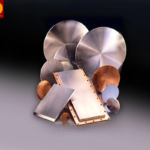
Molybdenum Sputtering Targets
Read more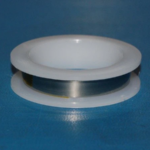
Molybdenum Ribbons
Read more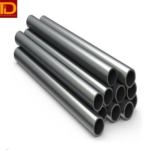
Molybdenum Tubes
Read more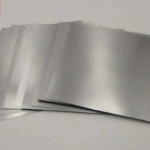
Molybdenum Plates
Read more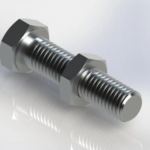
Molybdenum Fasteners
Read more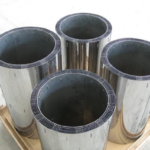
Molybdenum Shielding
Read more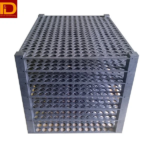
Molybdenum Charge Carriers
Read more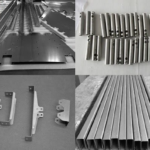
Molybdenum Heating Elements
Read more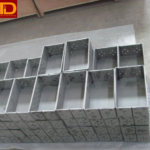
Molybdenum Anneal & Sintering Boats
Read more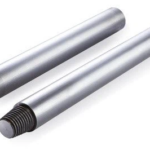
Molybdenum Electrodes for Glass Melting
Read more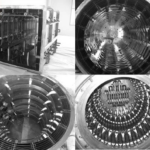
Molybdenum Hot Zones
Read more
